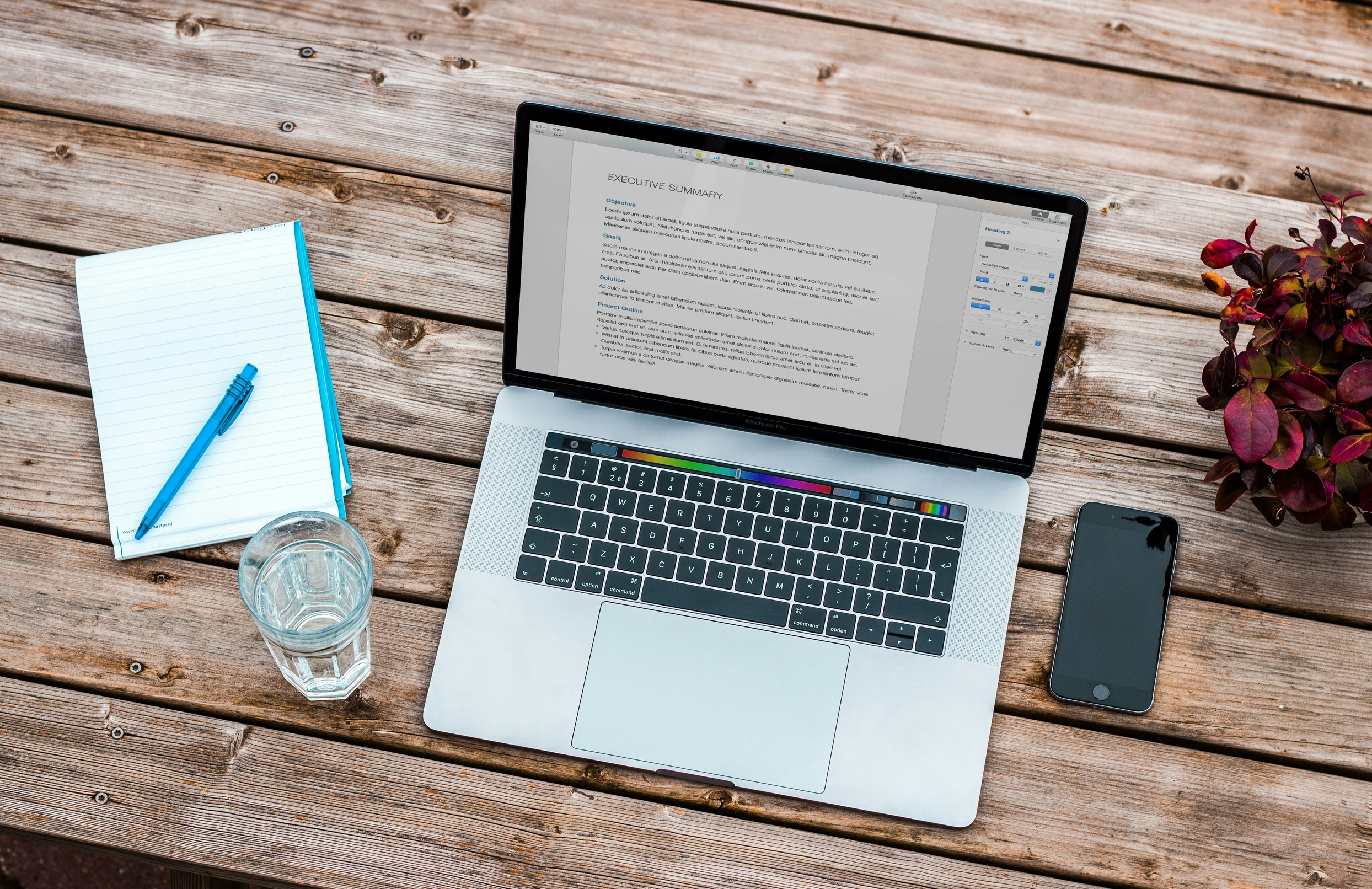Poetic Devices And Their Effects
Poetic devices are the writing tools that are often utilized by poets for enhancing the rhythm, meaning, intensified mood, or feelings of the poem. Here the same words, phrases, or sentences or parts of sentences are utilized again and again to shape or convey the meaning of the poem. Poetic devices are mostly utilized to make the infusion of the literal meaning and figurative meaning of words. Literary meaning always emphasizes the original sense of sentences or words whereas, figurative meaning always emphasizes the implications of words, situations, unexpected connotations, and others.

Poetic devices in English literature:
In English literature, there is the utilization of a huge range of poetic devices which includes alliteration, assonance, imagery, metaphor, onomatopoeia, rhyme, and refrain. In English literature, these poetic devices are known as the extra spices to make this better. During cooling, shelves provide different kinds of spices like salt, cumin, and a salad for garnishing. Poets also utilize these poetic devices to make or sound good. Rhythm is a poetic device that is mainly used for children. As it sounds good so, there is a process where people can remember it better also. Even there are not only poetic devices, but also there is a lot of literary tools. Not only it enhances the taste of literature, but also it provides some added flavors.
In English literature, poetic devices are also utilized for moderation. It helps the reader to understand it better.
How poetic devices work?
Poetic devices form the pattern of a poem. Poets utilize the device patterns for the utilization of the description, persuasion, information, inspire their readers, elevate the meaning of the poem, and sometimes for singing and inscribing. In a poem, there is a versatile role of the poetic devices, which are discussed below.
For example, there are mainly four types which are present below:
- Rhetoric types of poetic devices provide the way for readers to feel or persuade the poets' feelings through the poem.
- Prosodic types of poetic devices provide the sound or rhythm of the poem.
- Semantic types of poetic devices are utilized for establishing the meaning of the poem.
- Aesthetic types of poetic devices are utilized for creating the beauty of the poem.
Through the utilization of these poetic devices, poets can make utilize languages through the development of the mental scenario. It provides a mental effort where the sensory impression of the poetic devices enhances the emotional effects, readers can visualize the scenario.
Poetic devices figure of speech:
There are some basic differences between the poetic devices and the figure of speeches. It is observed that figure of speech is mainly utilized for developing the meaning of a sentence or its part beyond their meaning. Poetic devices are mainly used in form of rhythm for making a similar sound at the end of the line. On the other hand, the figure of speeches are simile, hyperbole, irony, metaphor are the figure of speech which is used as poetic devices. In huge sources, there are different kinds of the figure of speeches which are used as poetic devices to enhance the attraction of readers. Similarly, it provides a modified figure, and it helps readers to apprehend the meaning.
Poetic devices alliteration:
Alliteration is one kind of poetic device which is mainly utilized to keep the first consonant or sound the same in a poem. These words are presented mostly in an adjacent manner, but they are sometimes also separated by one term.
Alliteration types of poetic devices have a purpose in the poem where these words emphases the essential thing in the poem. Here readers can highlight the feelings.
FRO Milton the Tennyson, all the poets have utilized these alliteration kinds of poetic devices. It provides additional rhythm, color as well as beauty to the poem.
From this discussion about poetic devices, it is clear that there are different kinds of poetic devices. These are tools to add some flavor to the poem. Poets from the ancient periods to the modern age use these tools to intensify the meaning, clarity, and understandable deliverables in a simple manner.



